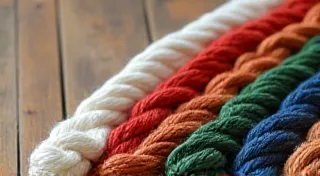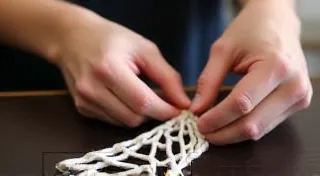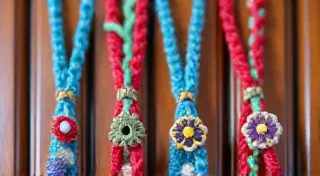Understanding Macrame Cord: Types, Sizes, and What to Choose
Choosing the right cord is crucial for successful macrame projects. While the basic knots remain the same, the material and thickness of your cord dramatically affect the look and feel of your finished piece. This article dives into the different types of cord commonly used in macrame, including cotton rope, jute, hemp, and synthetic cords. We'll discuss their strengths and weaknesses, along with sizing guidelines to help you select the perfect cord for your next macrame adventure.
Why Cord Choice Matters
Think of it this way: you wouldn’t build a house with the wrong materials, and the same applies to macrame. Cord choice affects everything from the drape and texture of your piece to its durability and overall aesthetic. A thick, rough cord will create a rustic, bold look, while a thinner, smoother cord will lend itself to more delicate and intricate designs.
Common Macrame Cord Types
Let's explore some of the most popular cord options for macrame beginners:
1. Cotton Rope
Description: Cotton rope is arguably the most widely used cord for macrame. It’s soft, pliable, and easy to work with, making it an excellent choice for beginners. Cotton comes in a variety of thicknesses and finishes, from natural, undyed cotton to mercerized (shiny) cotton.
Pros: Easy to knot, versatile, relatively inexpensive, readily available in different colors.
Cons: Can shrink slightly when washed, may be less durable than some other options.
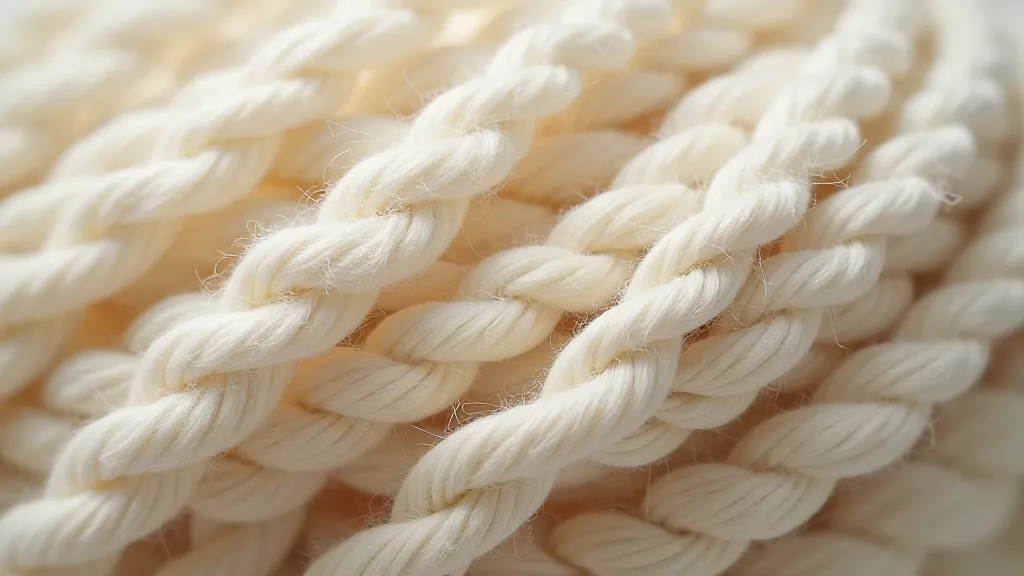
Sizing Guide: Beginners often find 3mm - 5mm cotton rope to be a good starting point.
2. Jute
Description: Jute is a natural fiber known for its strength and rustic appearance. It’s coarser than cotton rope and has a distinctive, earthy texture.
Pros: Strong, durable, eco-friendly, provides a unique rustic look.
Cons: Can be stiff and difficult to knot, especially for beginners. May shed fibers.
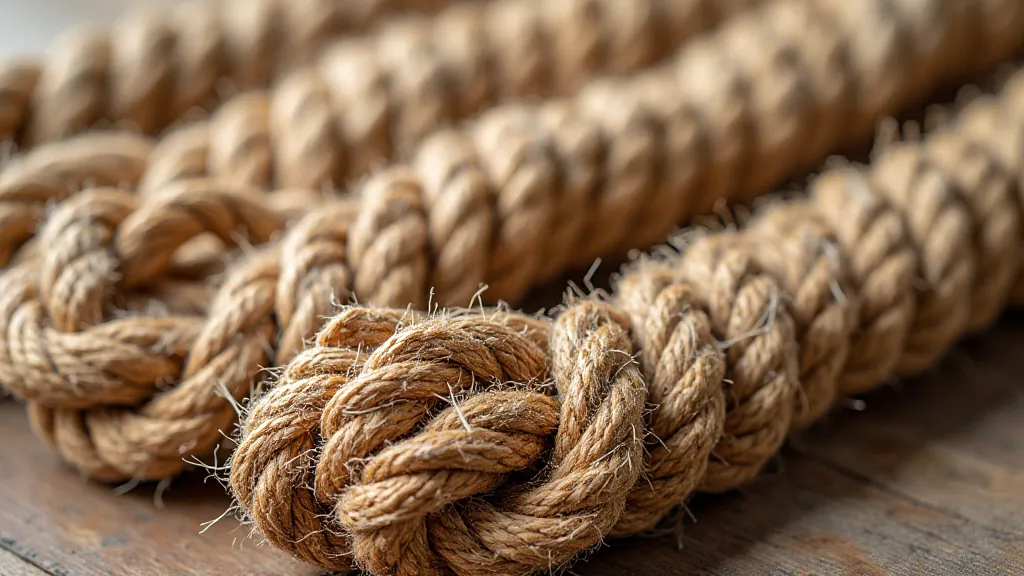
Sizing Guide: 4mm - 6mm jute is common, but be prepared for a bit more effort in knotting.
3. Hemp
Description: Hemp cord offers a similar look and feel to jute, but generally considered a bit softer and more pliable. It is a strong and sustainable option.
Pros: Durable, eco-friendly, softer than jute, unique texture.
Cons: Can be slightly more expensive than cotton or jute.
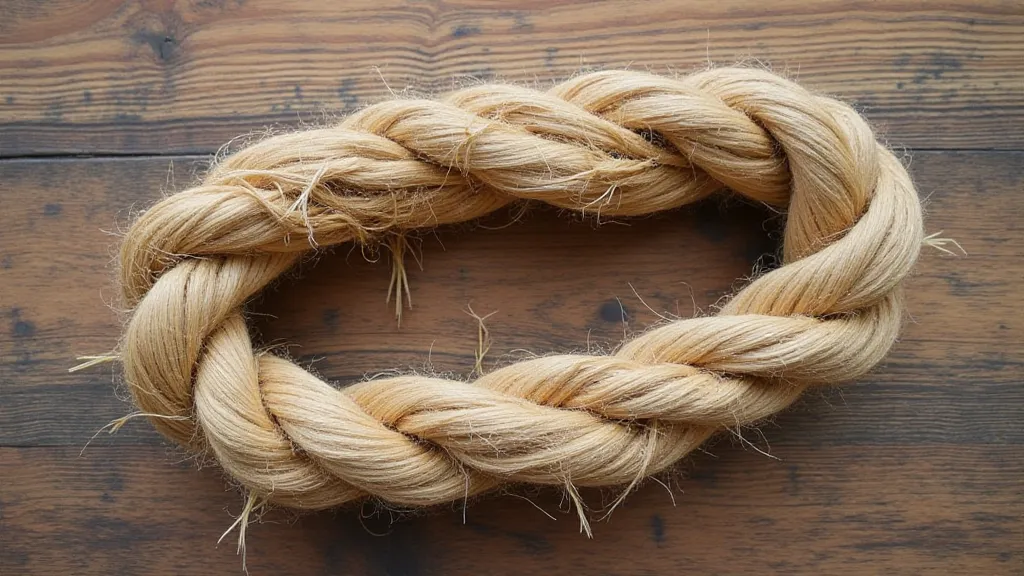
Sizing Guide: 3mm - 5mm hemp rope is a good starting point.
4. Synthetic Cords (Nylon, Polypropylene)
Description: Synthetic cords like nylon and polypropylene are known for their strength, resistance to UV damage, and water-resistant properties. They are often used for outdoor macrame projects or items that will be exposed to moisture.
Pros: Strong, durable, water-resistant, resistant to UV damage, often less expensive than natural fibers.
Cons: Can feel less "natural" to work with, may melt if exposed to high heat.
Sizing Guide: Sizing varies widely depending on the specific cord; check manufacturer's recommendations.
Choosing the Right Size
Cord size is expressed in millimeters (mm). Here's a general guideline, but it’s always a good idea to experiment to see what you prefer:
- 3mm - 5mm: Excellent for beginners, small projects, and delicate designs.
- 5mm - 7mm: A versatile range suitable for a wide variety of projects.
- 7mm or thicker: Ideal for larger, bolder pieces and projects requiring significant strength.
Remember to consider the scale of your project and the look you’re trying to achieve when selecting cord size.

